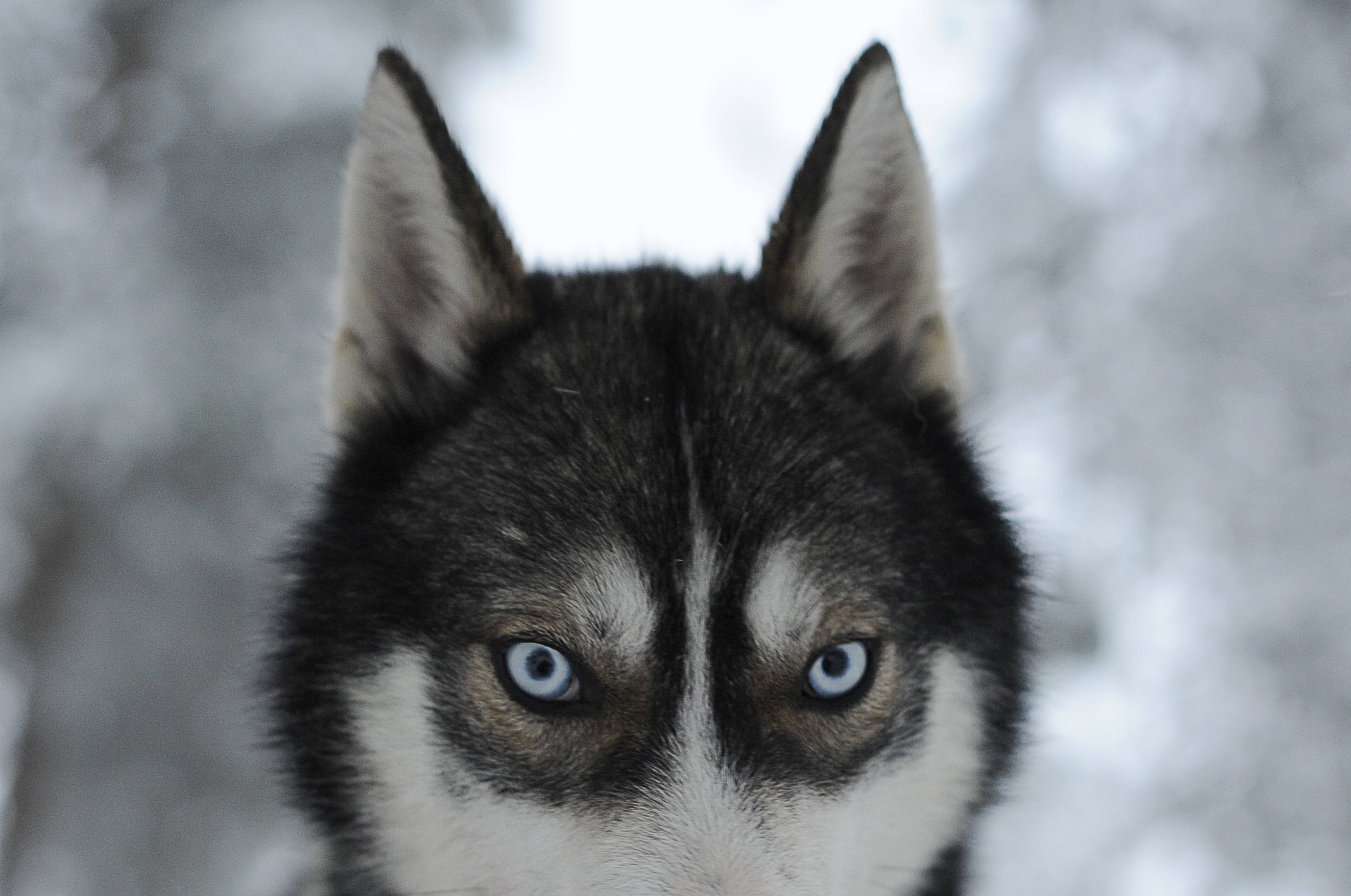Humans selectively bred canines to give them irresistible ‘puppy-dog eyes’, scientists say
Selective breeding may have given dogs the ability to form a suite of facial expressions

The irresistible “puppy-dog eyes” expression formed by dogs may have been the result of selective canine breeding by humans, suggests new research.
This selective breeding may have granted dogs the ability to form a suite of facial expressions, said yet-to-be peer-reviewed research presented on Tuesday at the American Association for Anatomy annual meeting in Philadelphia.
Previous studies estimate dogs and wolves had diverged genetically about 33,000 years ago as humans began selectively breeding wolves – the first species ever to be domesticated.
Scientists have now analysed the anatomy of tiny muscles, called mimetic muscles, that canines use to form facial expressions.
Researchers, including Anne Burrows from Duquesne University in Pittsburgh, said these muscles are dominated by “fast-twitch” myosin fibres in humans that contract quickly but also fatigue quickly, explaining why people can form facial expressions rapidly, but not hold them for long.
They said muscle cells with more “slow-twitch” fibres are more efficient for long, controlled movements and don’t tire as quickly.
The scientists compared the myosin fibres in facial muscle samples from wolves and domesticated dogs and found such fast-twitch fibres were dominant in both species.
Wolves, however, have a higher percentage of slow-twitch fibres relative to dogs.
“These differences suggest that having faster muscle fibres contributes to a dog’s ability to communicate effectively with people,” Dr Burrows said.
“Throughout the domestication process, humans may have bred dogs selectively based on facial expressions that were similar to their own, and over time dog muscles could have evolved to become ‘faster,’ further benefiting communication between dogs and humans,” she added.
Having more fast-twitch fibres allows dogs greater facial mobility and faster muscle movement, enabling small movements such as a raised eyebrow and the short, powerful muscle contractions involved in barking, scientists explained.
Slow-twitch fibres, on the other hand, are important for extended muscle movements such as those used by wolves when howling.
Scientists also suggested dogs have an additional mimetic muscle absent in wolves that contributes to the “puppy-dog eye” expression.
Researchers said the new study sheds light on the anatomical differences between dogs and wolves, adding that further research is needed to confirm the new findings.
The new findings follow an earlier study, published in 2019 in the journal PNAS, that also suggested expressive eyebrows in dogs are the result of humans’ unconscious preferences that influenced selection during domestication.
“Dogs are unique from other mammals in their reciprocated bond with humans which can be demonstrated through mutual gaze, something we do not observe between humans and other domesticated mammals such as horses or cats,” Dr Burrows said.
“Our preliminary findings provide a deeper understanding of the role facial expressions play in dog-human interactions and communication,” she added.
Subscribe to Independent Premium to bookmark this article
Want to bookmark your favourite articles and stories to read or reference later? Start your Independent Premium subscription today.

Join our commenting forum
Join thought-provoking conversations, follow other Independent readers and see their replies